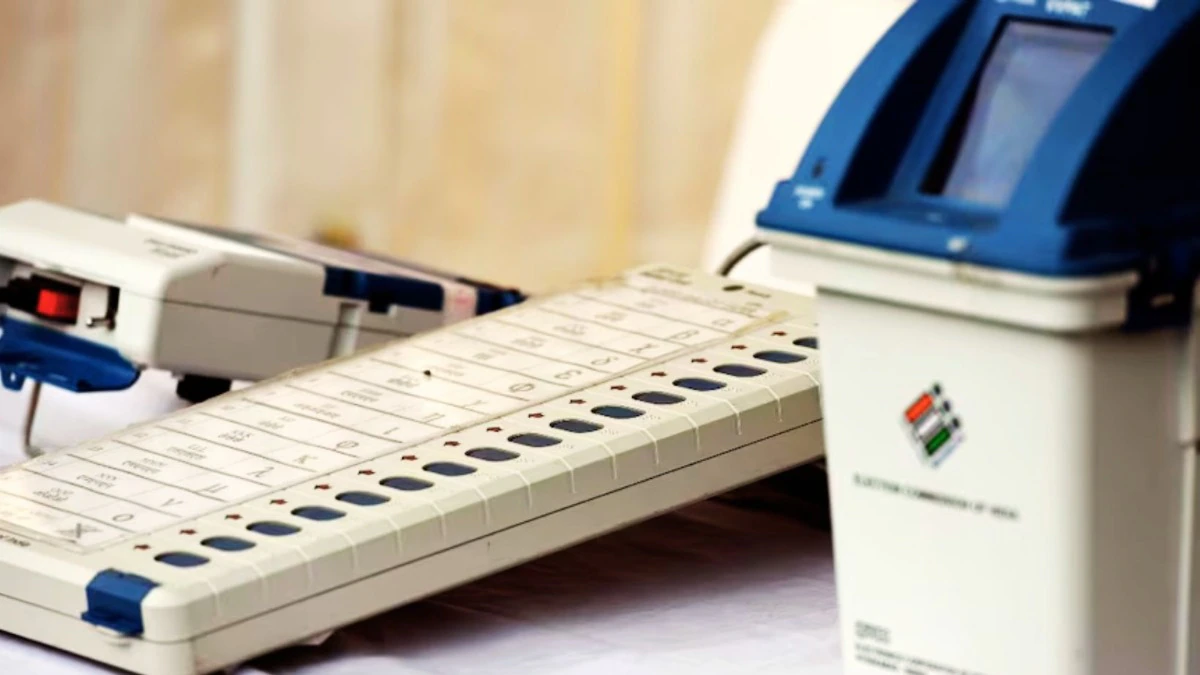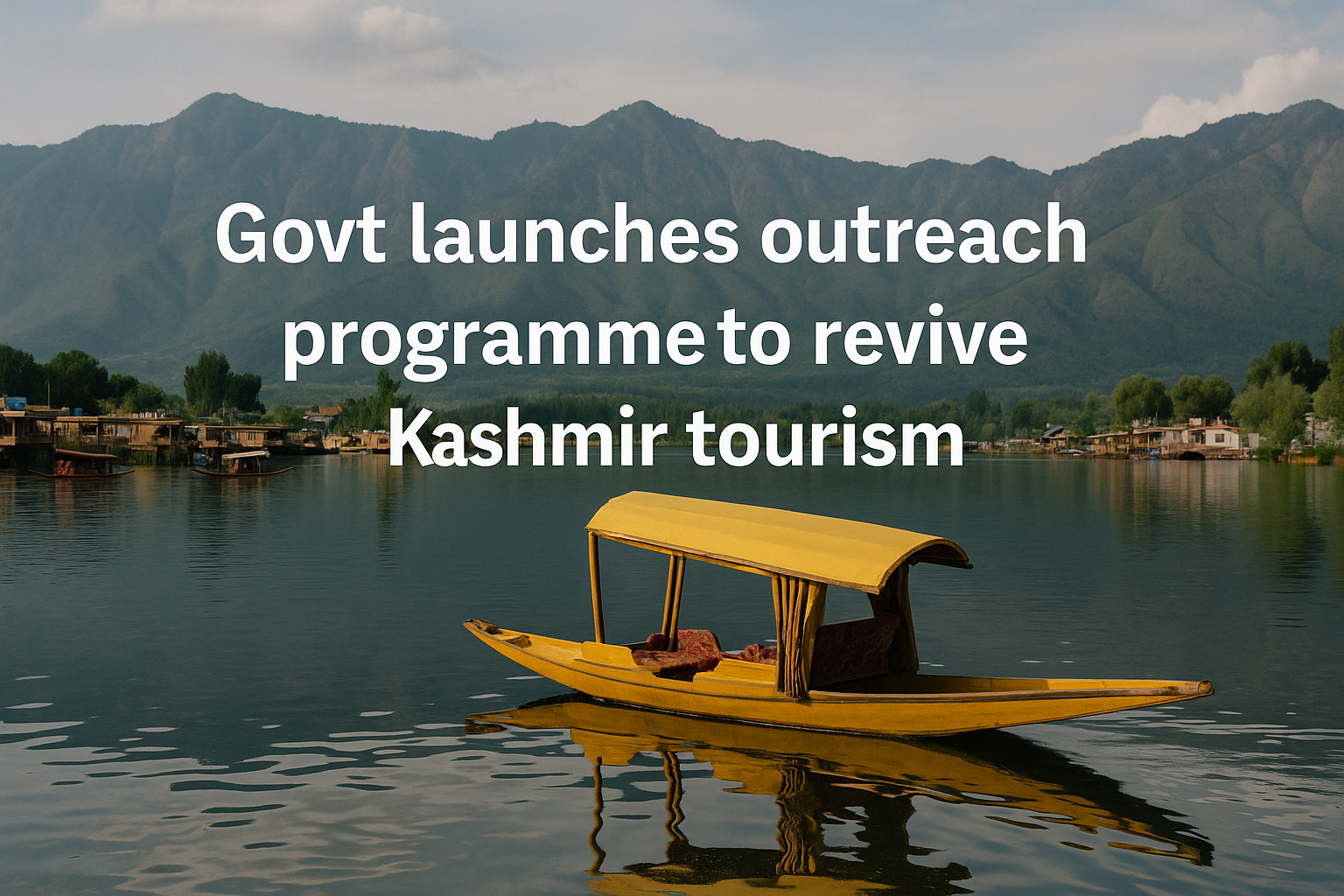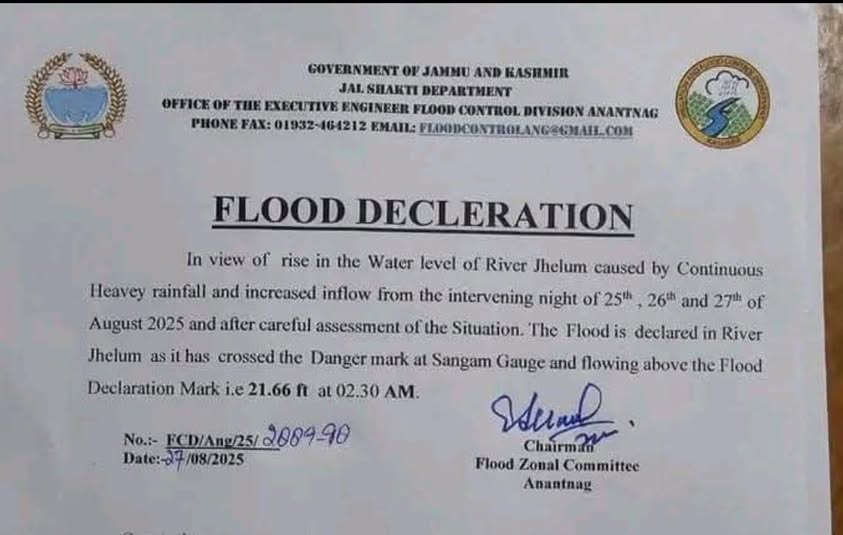As the much-anticipated elections in Jammu and Kashmir approach, many are wondering: Will Srinagar witness a rise in voter turnout, possibly as high as 80-90%, as seen in the past? Historically, Srinagar has been a stronghold for the National Conference (NC), though electoral dynamics shifted when Sheikh Mohammad Abdullah was arrested. The NC rebranded as Mahaz-e-Raishumari (Plebiscite Front) and often boycotted elections, a tactic also adopted by the Hurriyat in more recent times. Allegations of rigging have plagued elections from 1957 through to the infamous 1987 election, which is often cited as a key trigger for the rise of militancy in the region.
A Look at Srinagar’s Election History
Jammu and Kashmir has seen numerous assembly elections since 1957, with polling years including 1962, 1967, 1972, 1977, 1983, 1987, 1996, 2002, 2008, and 2014. The 2024 election marks the 13th such event in the state’s political history. Elections held in 1977, 1983, and 1987 saw significant voter participation, with turnout in some areas of Srinagar reaching 80-90%. However, following the 1990s insurgency, participation in some districts dropped drastically, reaching as low as 3-4% in the 2002 elections, particularly in Khanyar, Zadibal, and Amira Kadal constituencies.
Zadibal Assembly Constituency: A Historical Overview
The Zadibal assembly constituency has a rich electoral history. In 1972, Saleem Anwar Dhar, an independent candidate, won with 6,173 votes out of 18,692 cast. His nearest rival, Aga Syed Afzal Jalali, secured 3,491 votes. By 1977, the constituency saw a high voter turnout of over 81%, with the National Conference’s Ghulam Ahmad Shunthoo defeating Dhar, who was then contesting on a Janata Party ticket. In 1983, NC candidate Sheikh Abdul Rashid set a record by winning nearly 50,000 votes—88% of the total—marking the highest turnout in Kashmir’s history. The 1987 election saw similar enthusiasm, with Peer Mohammad Shafi of NC winning against Muslim United Front (MUF) candidate Peer Abdul Rouf.
Khanyar and Amira Kadal Constituencies: Decline and Controversy
Historically, Khanyar witnessed brisk polling from 1960 to 1987, after which voter turnout significantly declined. In the 1972 election, Jamaat-e-Islami’s Qari Safudin secured victory with 9,530 votes, defeating NC’s Abdul Rahman Gazi, who ran as an independent due to his party’s boycott. Amira Kadal, another key constituency, experienced a steep decline in turnout from 73% in 1983 to just 3% in 2002. The 1987 election here was particularly controversial, as many believed that Mohammad Yousuf Shah (later known as Syed Salahuddin, leader of Hizbul Mujahideen) had the lead before alleged rigging ensured a victory for NC’s Ghulam Mohiuddin Shah.
A New Dawn for Srinagar?
Since the 1987 elections, voter participation in Srinagar has plummeted, largely due to widespread boycotts. However, this election might be different. As frustration with the authorities mounts, more citizens may choose to express their dissent through the ballot box. I believe this could lead to a significant increase in voter turnout, with projections of 50-55% participation in Srinagar on September 25th.
Let’s hope for transformation this time!




